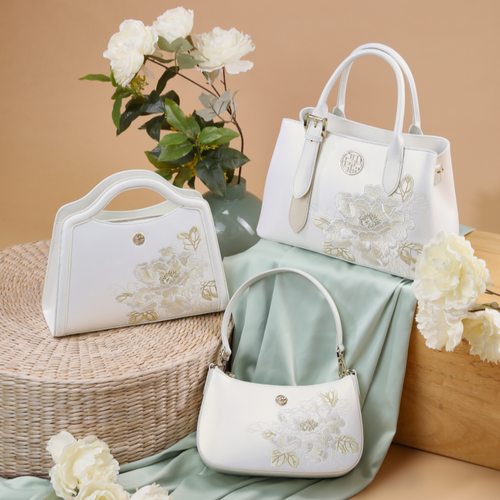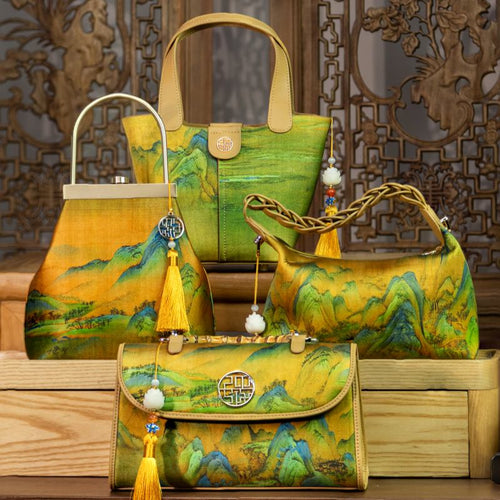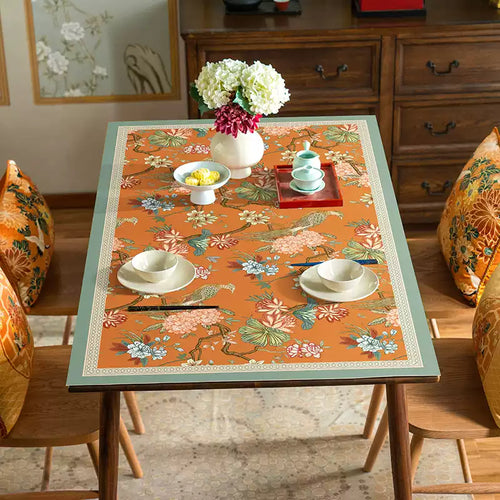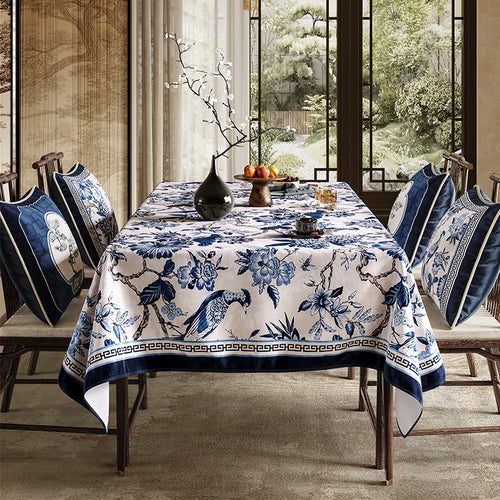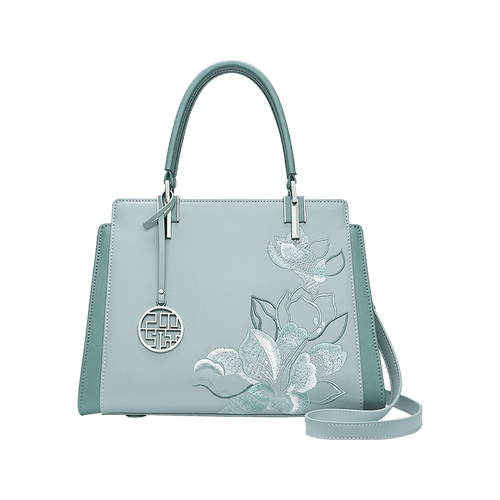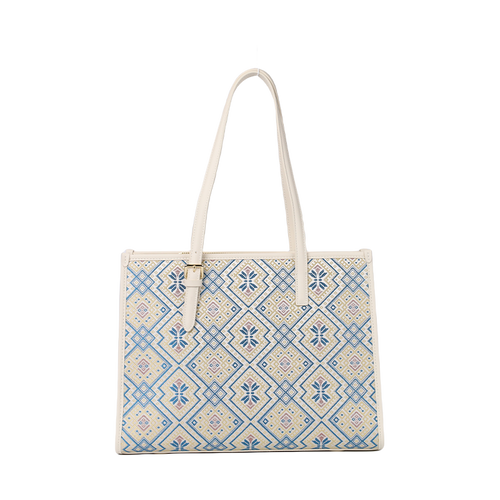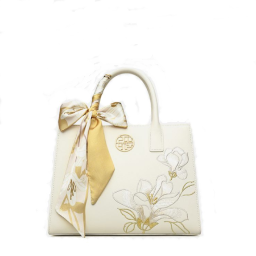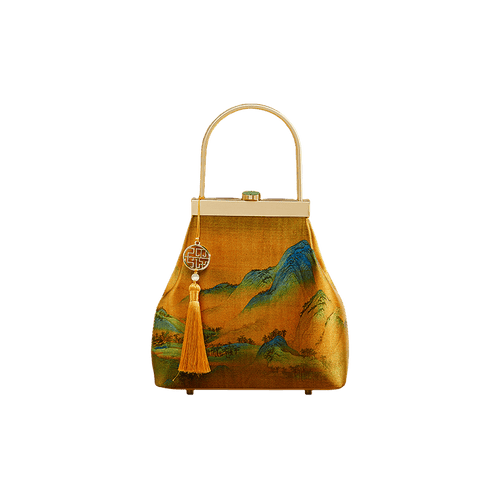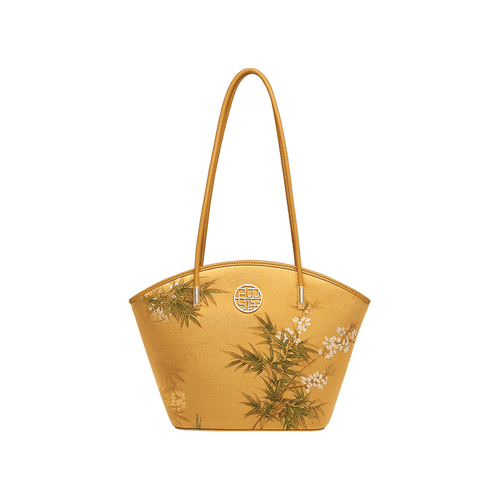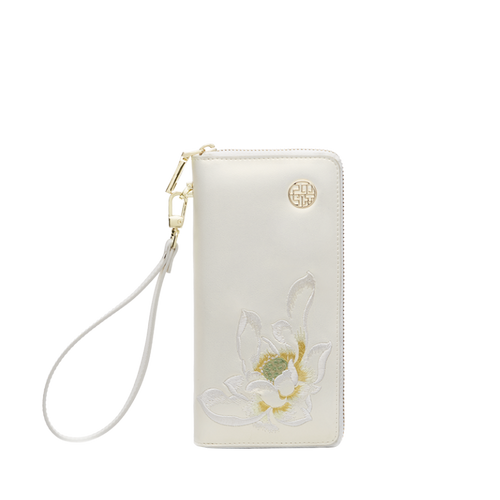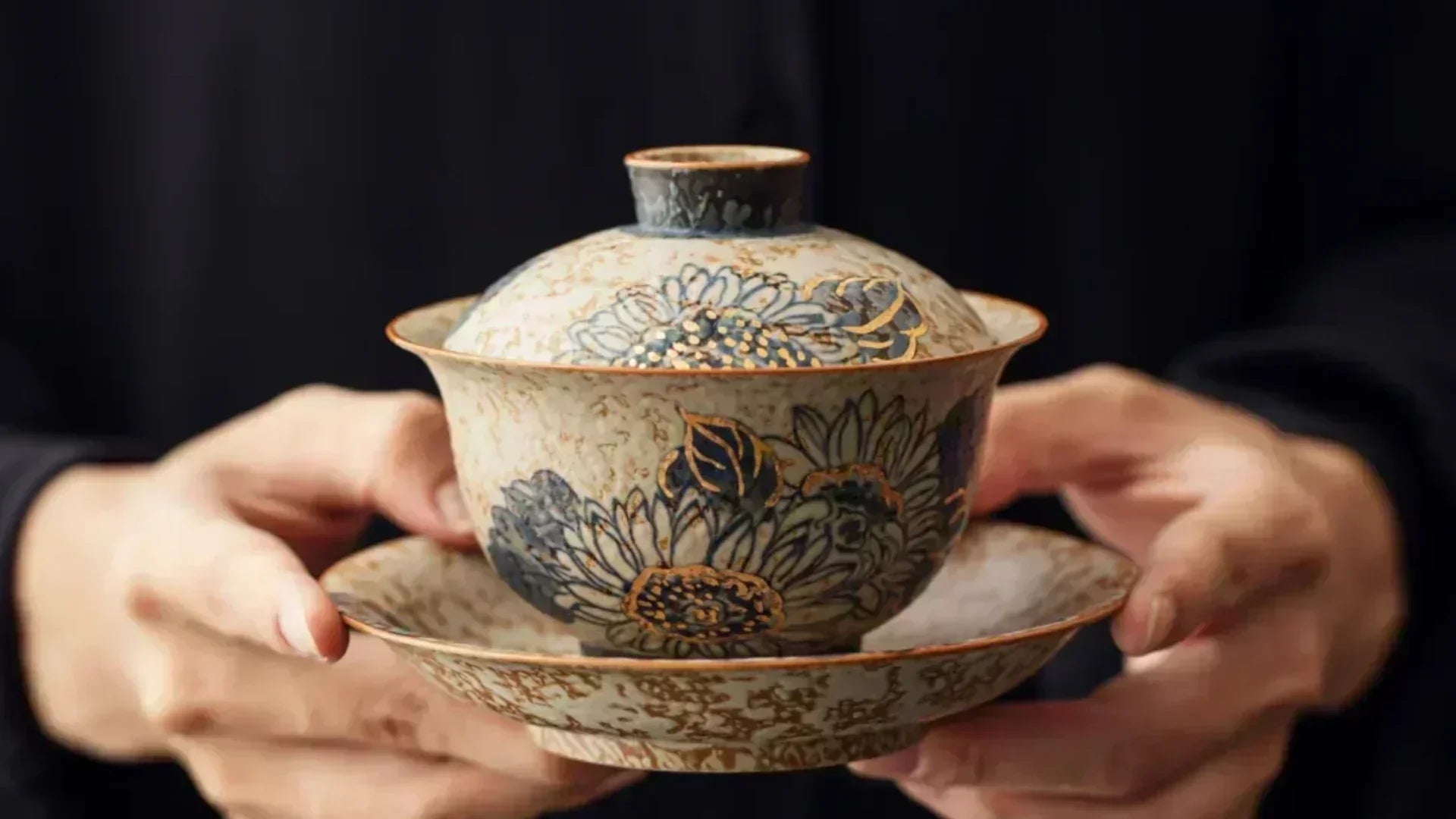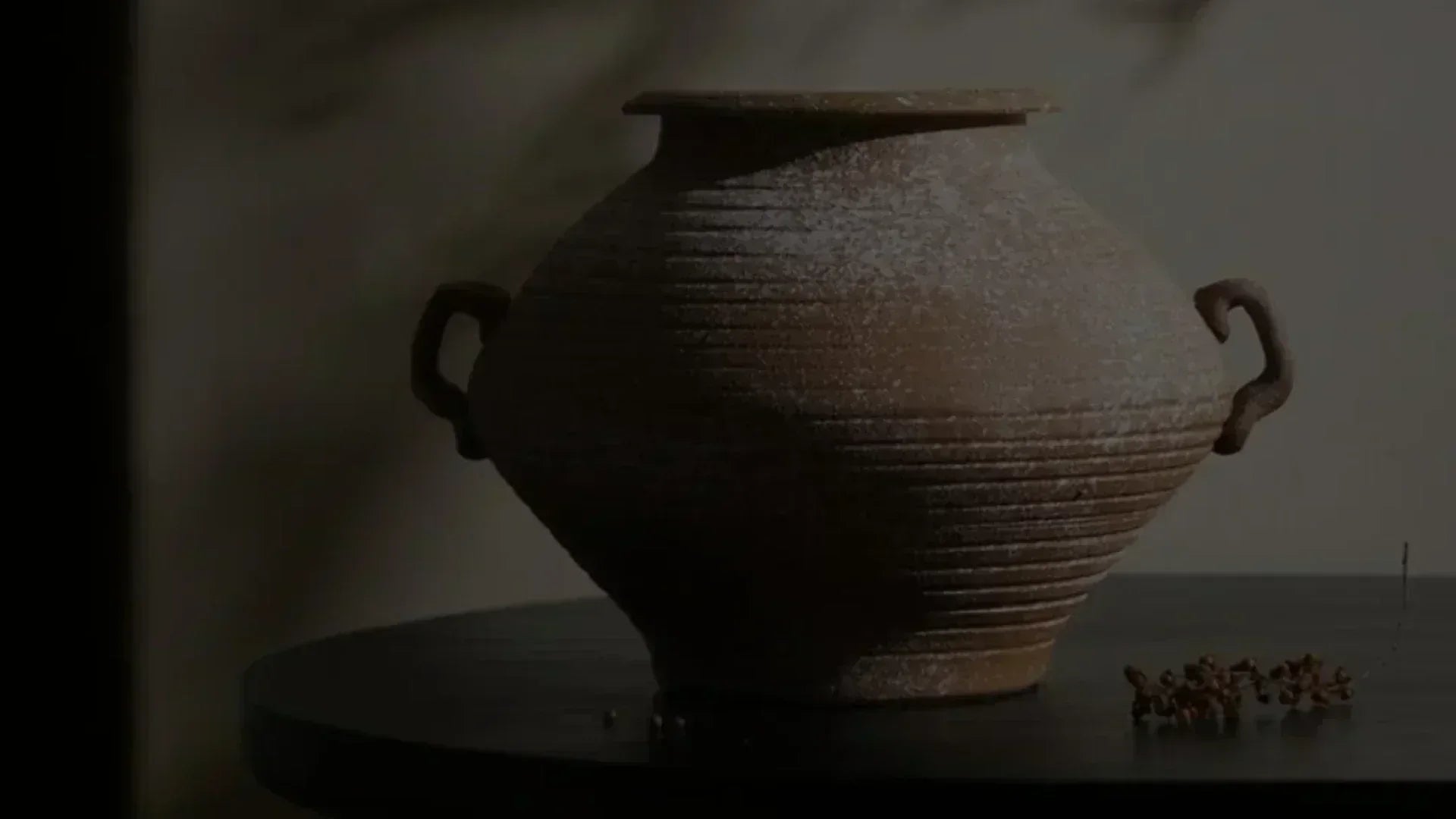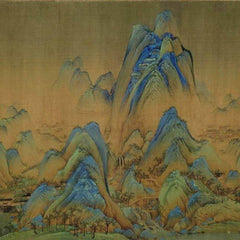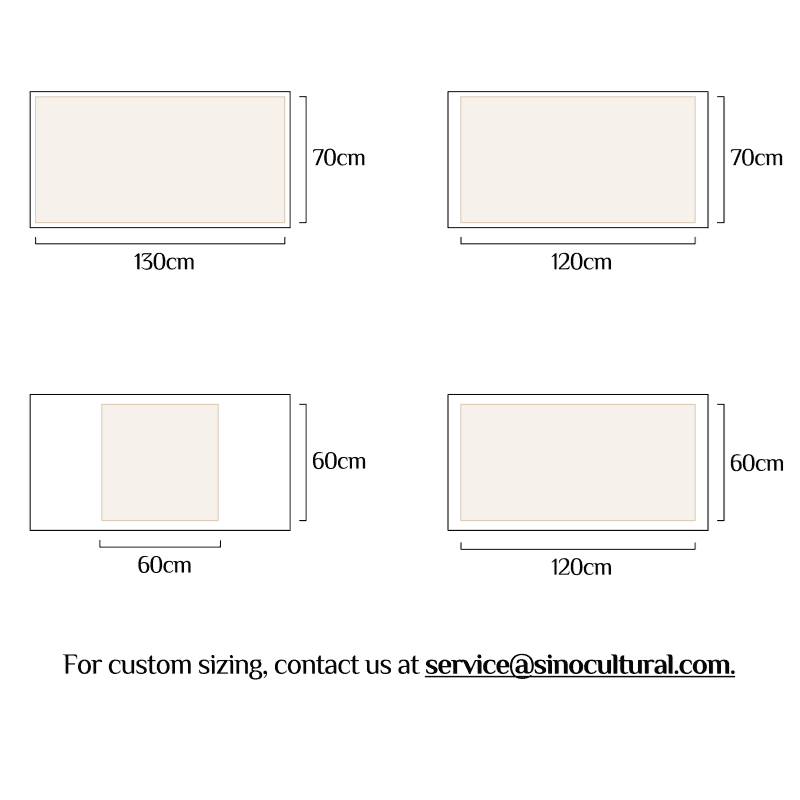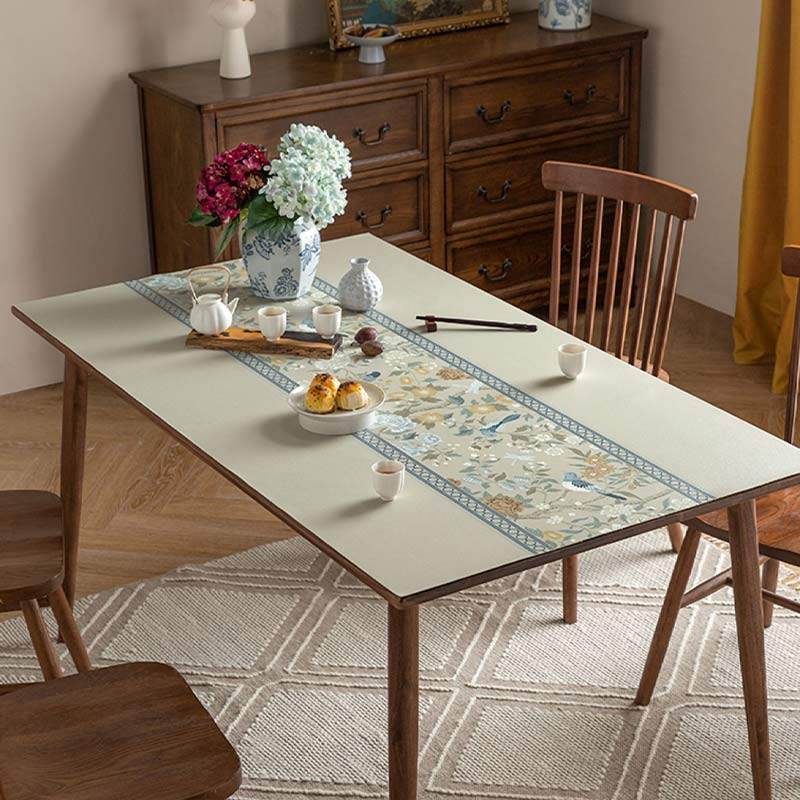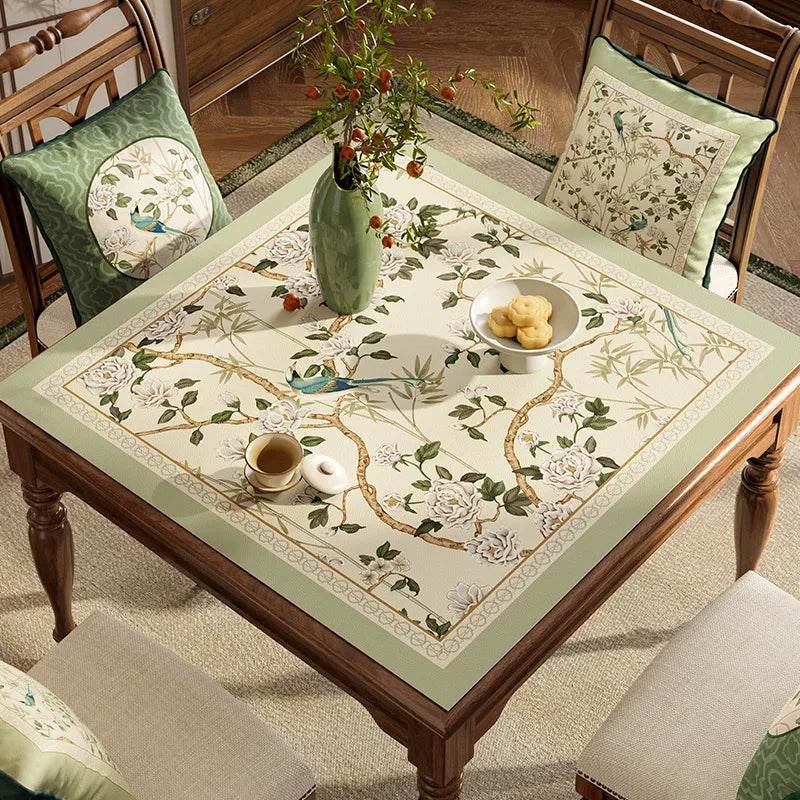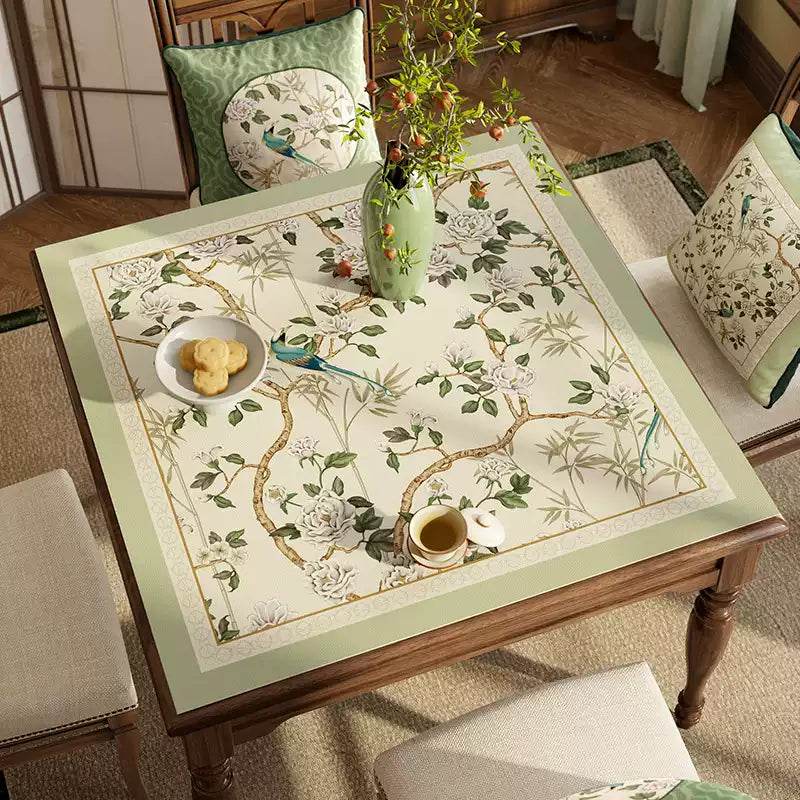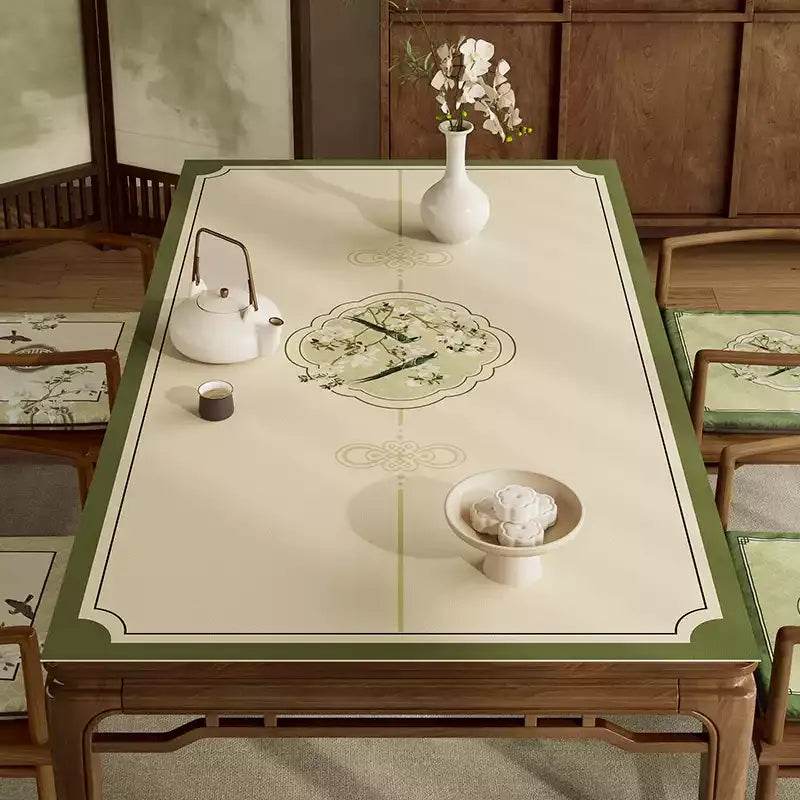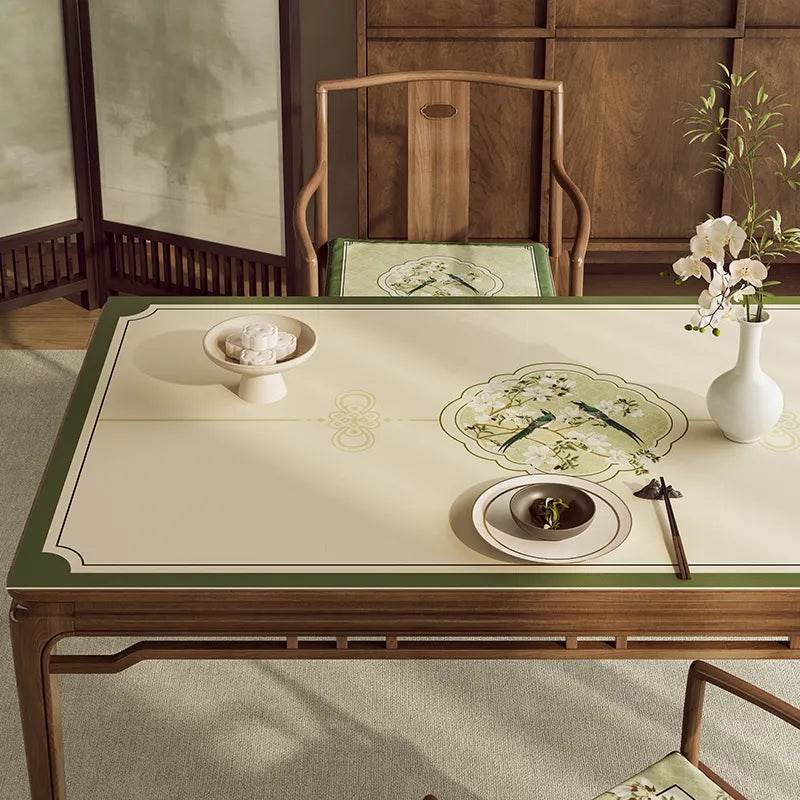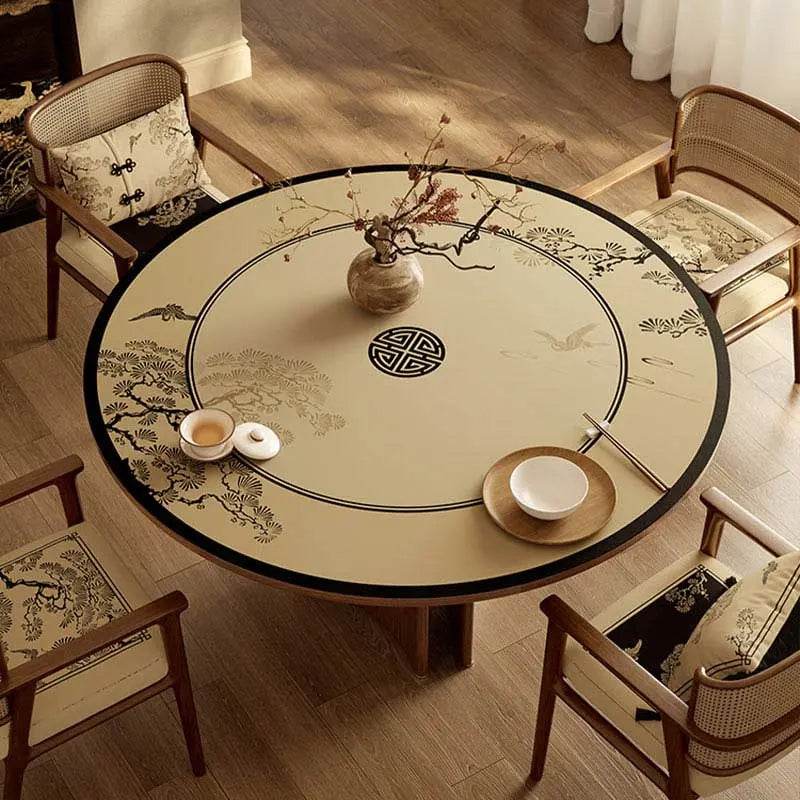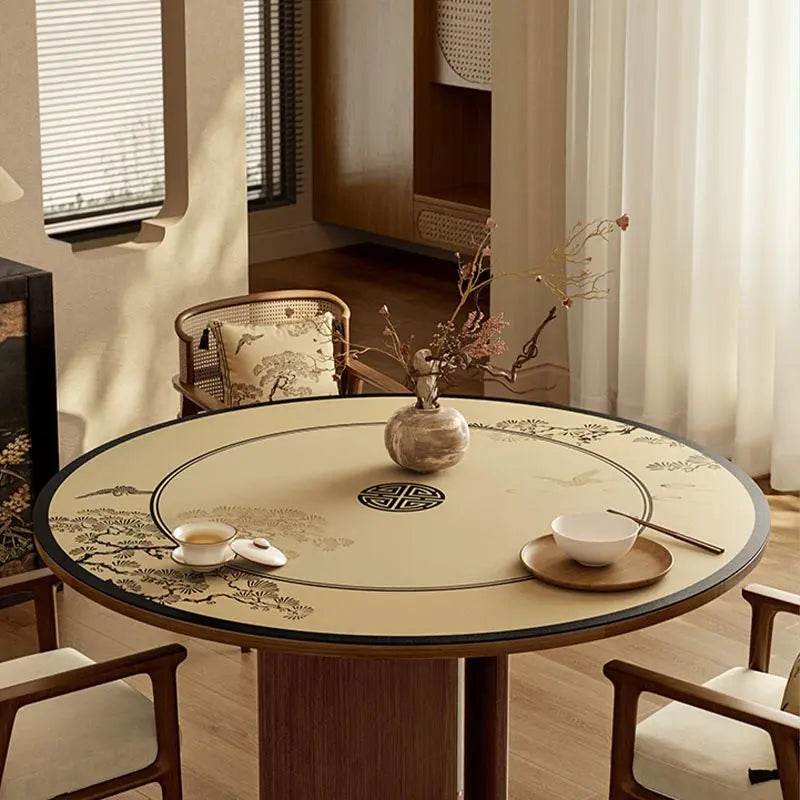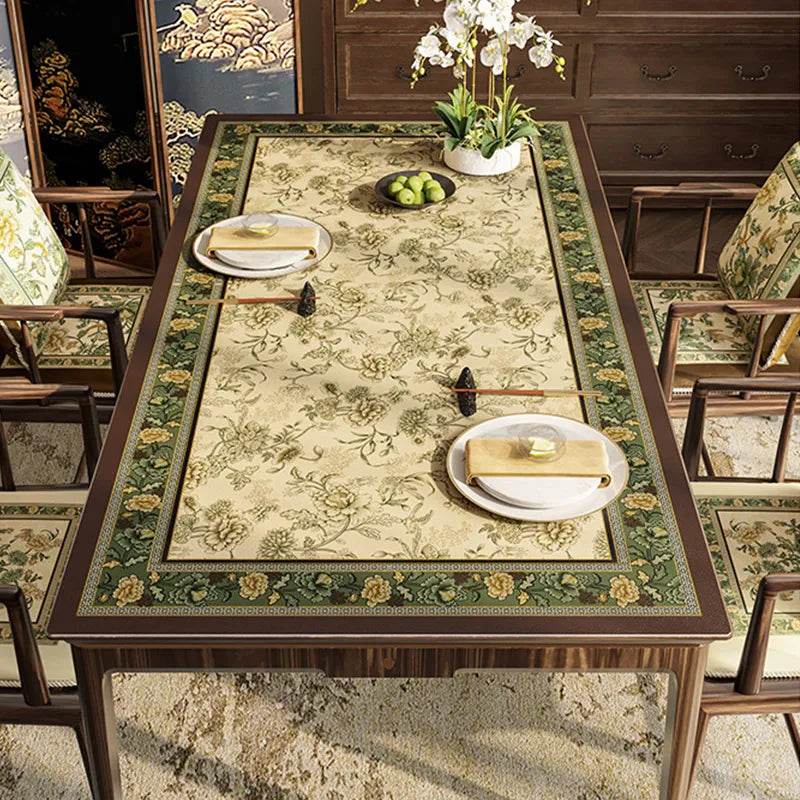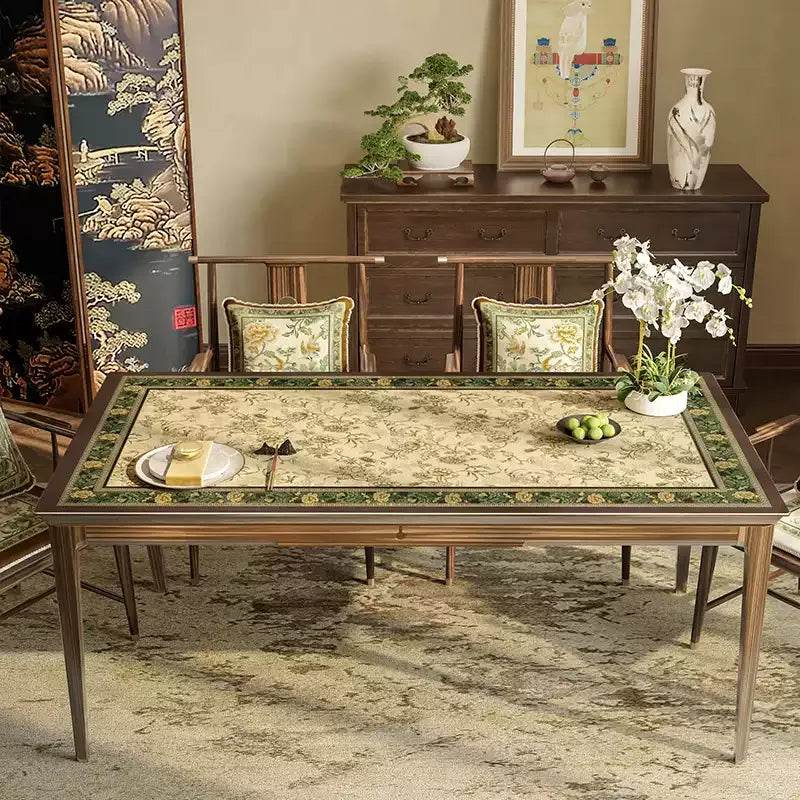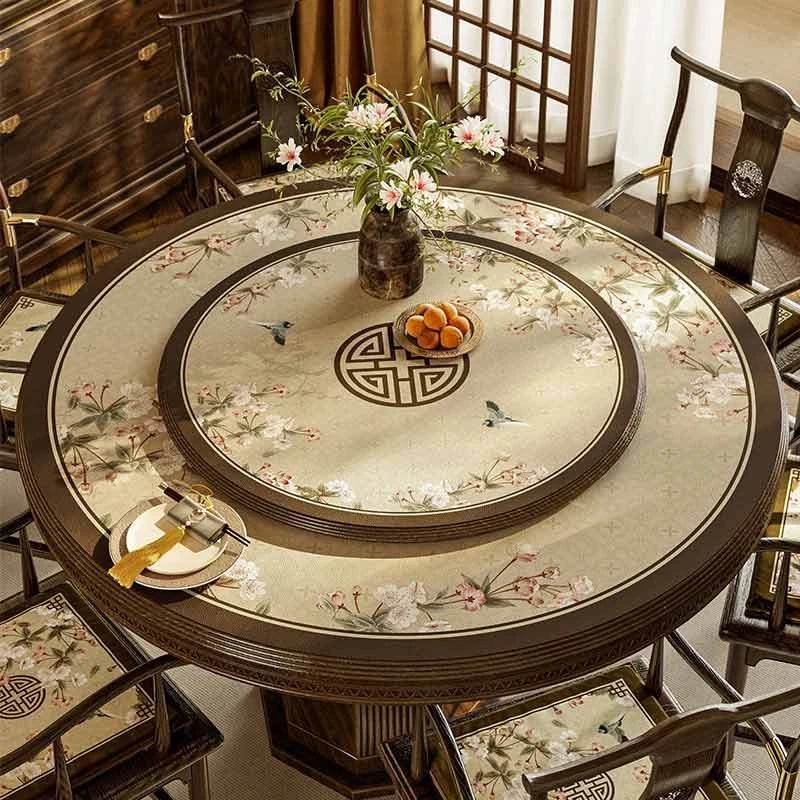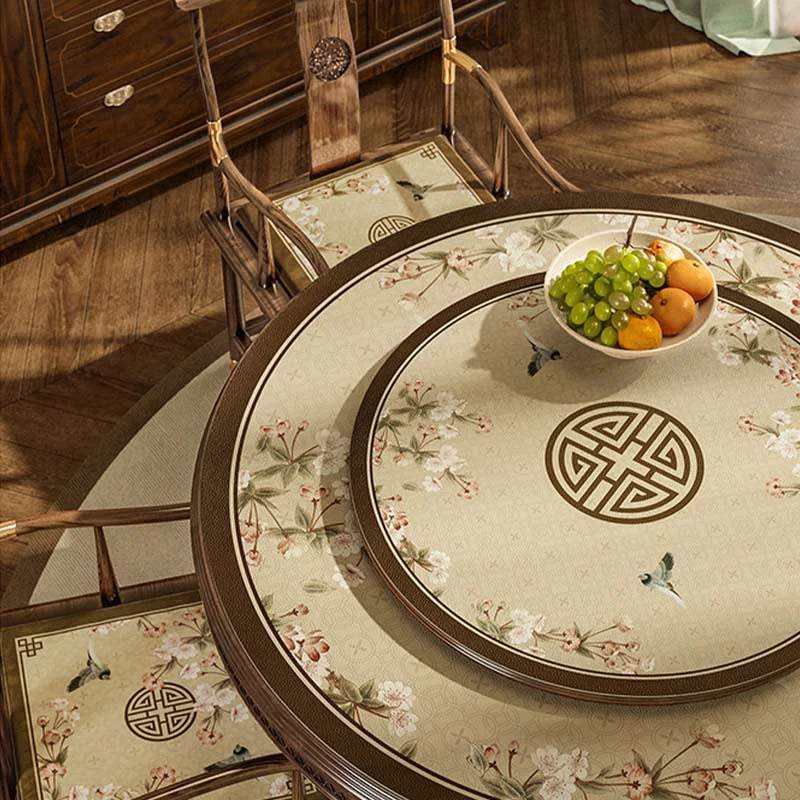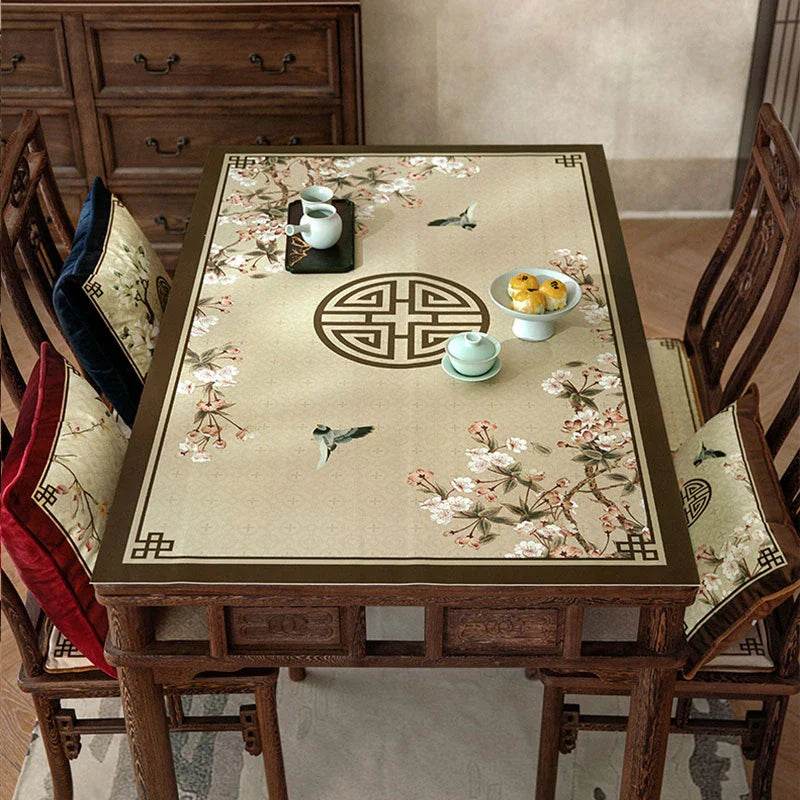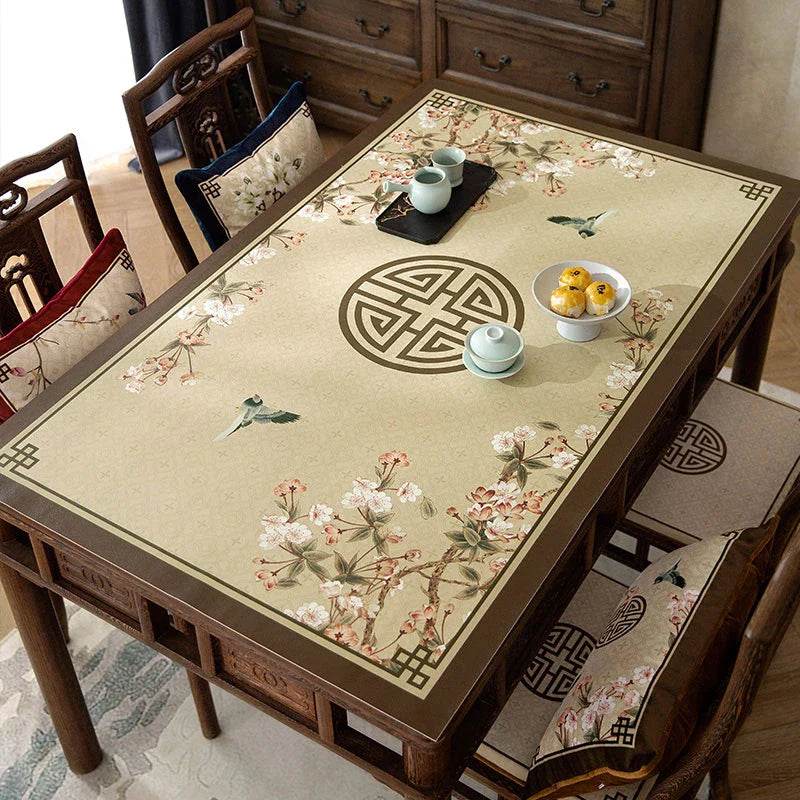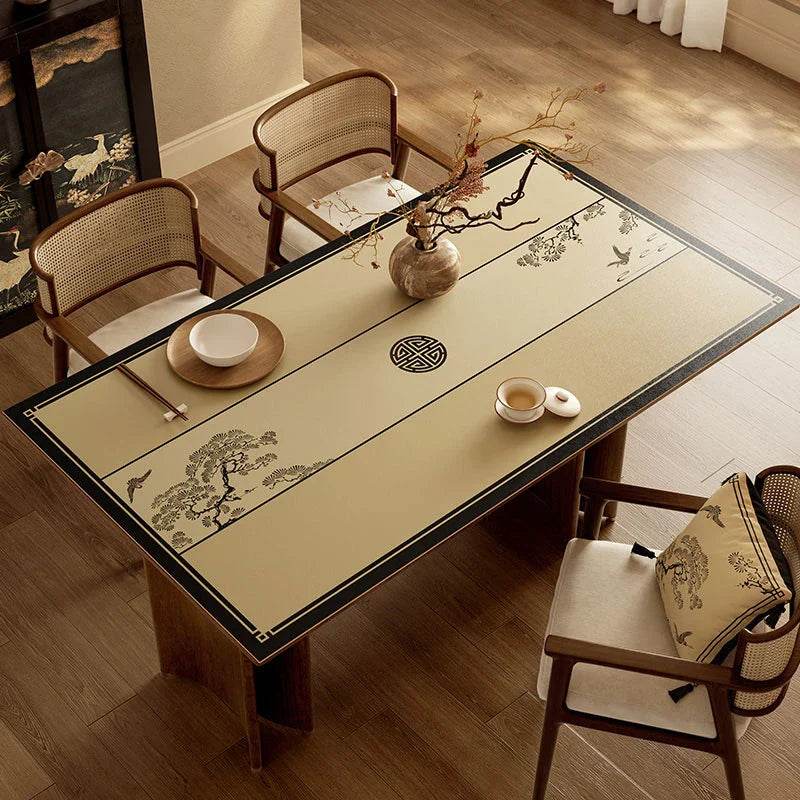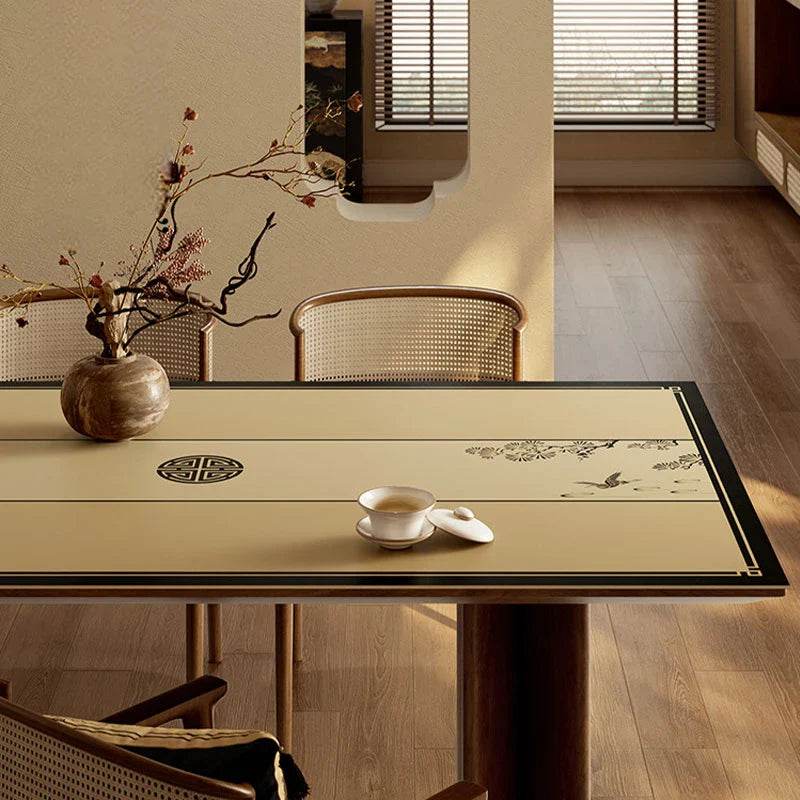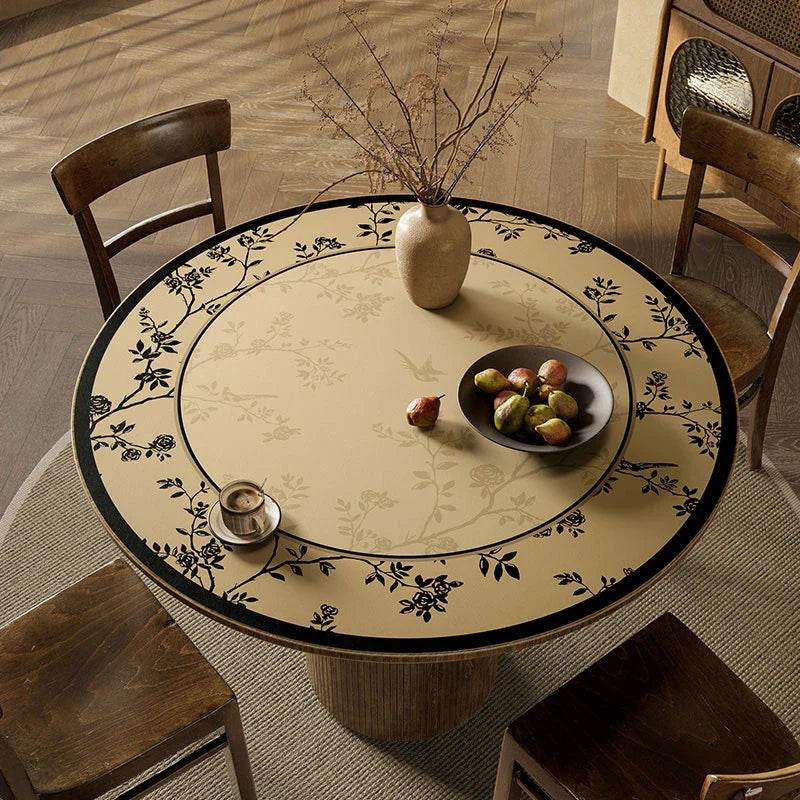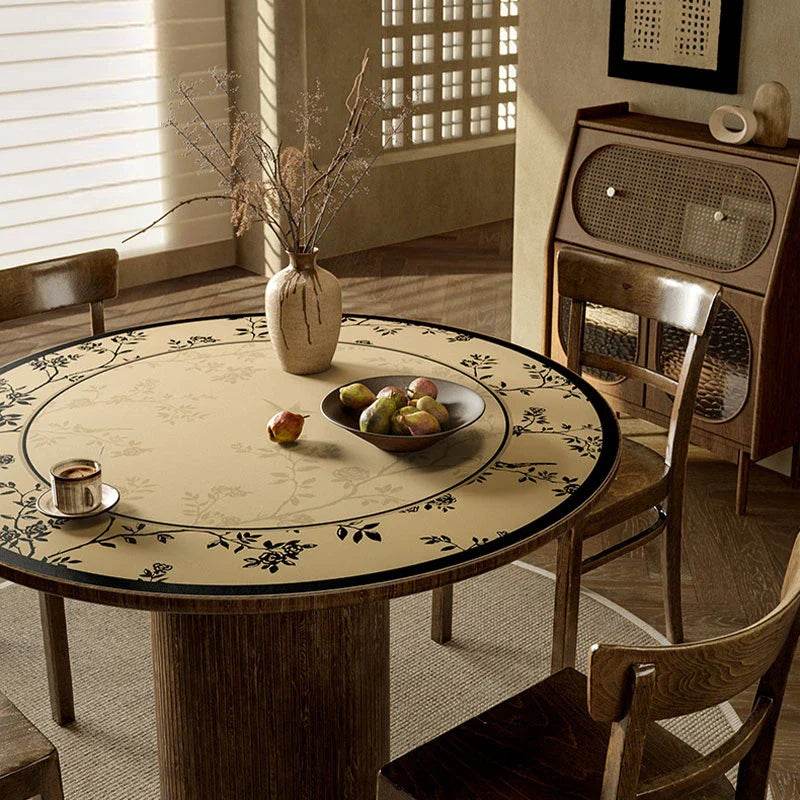Chushu (处暑), also known as the “End of Heat,” is the 14th of the 24 traditional Chinese solar terms and the second of autumn. It usually falls between August 22 and 24, when the sun reaches 150° on the ecliptic. This period marks the retreat of summer’s intense heat—day and night temperatures begin to differ more, and the air gradually turns dry. The name “Chushu” comes from the classic text Monthly Ordinances of the Seventy-Two Seasons, which explains: “Chu means to stop; the summer heat stops here.” In other words, Chushu signals the close of scorching summer and the gentle arrival of cooler autumn days.
Yet Chushu is more than just a change in temperature—it’s a season rich with meaning. From the Three Hou (natural signs) that mirror the shifts in nature, to traditional customs, seasonal foods, and rituals, this solar term reflects how people have long welcomed autumn. Exploring these traditions invites us to feel the charm of autumn’s true arrival and experience the season in a deeper, more mindful way.

The Three Phases of Chushu处暑
Ancient Chinese tradition divided each solar term into three “Hou” (five-day periods), each marked by natural changes. These observations during Chushu (the End of Heat) poetically capture how people sensed the arrival of autumn:
-
First Hou – Eagles Begin to Hunt (一候·鹰乃祭鸟):From this period onward, eagles embody the spirit of autumn’s sternness. They hunt more fiercely, and according to tradition, line up their prey as if performing a solemn ritual of offering.

-
Second Hou – Heaven and Earth Grow Solemn (二候·天地始肃):As the days cool, nature takes on a more austere tone. Leaves begin to fall, plants wither, and the once-vibrant summer landscape transforms into one tinged with autumn’s quiet severity.

-
Third Hou – Grains Ripen in the Fields (三候·禾乃登):Here “he” (禾) refers to staple grains such as millet, rice, and sorghum, while “deng” (登) means ripening. This marks the season of harvest, when fields turn golden and people begin gathering crops, celebrating abundance and preparing for the colder days to come.

Together, these three Hou not only describe natural phenomena but also reflect the rhythm of rural life—reminding us how closely people once lived in tune with the turning of the seasons.
Seasonal Foods of Chushu
Food has always played a central role in marking the change of seasons in China, and Chushu is no exception. Across different regions, people celebrate the “End of Heat” with dishes and ingredients believed to nourish the body and welcome autumn’s arrival:
-
Duck Dishes (吃鸭子):An old saying goes, “Duck in mid-July, taro in mid-August.” It reflects the belief that ducks are at their fattest and most nutritious around this time in the lunar calendar. In Beijing, locals once enjoyed a special dish called Chushu Lily Duck, while in Jiangsu, families would prepare duck and share it with neighbors, echoing the tradition: “Send duck at Chushu, and may every household stay healthy.”

-
Longan (吃龙眼):In Fujian and Guangdong, it’s customary to eat longan, a sweet fruit believed to replenish energy, calm the mind, and sharpen memory. Beyond eating it fresh, people also make longan wine or dried longan, extending the fruit’s benefits into the cooler months.

-
Herbal Cooling Tea (煎药茶):Although the calendar marks the end of heat, the southern provinces still face sweltering days. In Guangdong and Guangxi, locals brew herbal teas with medicinal ingredients, a practice thought to reduce internal heat and restore balance. Recipes vary, but they all reflect the wisdom of adjusting diet to climate.

-
Red Bean Sticky Rice (吃红豆糯米饭):In parts of southern China, families cook red bean sticky rice, a nourishing dish that symbolizes health and vitality. The combination of soft red beans and glutinous rice not only satisfies the appetite but also represents a wish for well-being during seasonal transitions.

Together, these food traditions reveal how Chinese culture intertwines seasonal eating with health, family, and community—turning End of Heat into more than just a date on the calendar, but a flavorful way to welcome autumn.
Cultural Traditions of Chushu
Beyond marking the change of season, Chushu is also rich in cultural traditions. Across different regions of China, people observe customs that blend remembrance, celebration, and connection with nature:
-
Ancestor Worship (祭祖):End of Heat(Chushu) is one of the traditional days for honoring ancestors. Families, especially in southern China, visit ancestral graves, offer food and incense, and pray for blessings of peace and a good harvest. It is a time to remember loved ones and strengthen the bond between generations.

-
River Lanterns (放河灯):In some regions, people set afloat river lanterns—small candles placed on wooden or paper bases—during the Ghost Festival that coincides with Chushu. The gentle glow on the water honors departed souls and carries wishes for safety and peace.

-
Autumn Outings (出游迎秋):With cooler air and clearer skies, End of Heat(Chushu) is seen as the perfect time for excursions. A saying goes, “In the seventh and eighth lunar months, look at the beautiful clouds.” Families and friends take this opportunity to enjoy the outdoors and embrace the refreshing charm of autumn.

-
Fishing Festival (开渔节):For coastal communities, End of Heat(Chushu) signals the start of the fishing season. In Zhejiang, the Fishing Festival is celebrated with lively ceremonies: drums and gongs echo across the harbor as fleets of boats set sail, filling the sea with a spectacular scene of energy and hope for abundance.

-
Water-Splashing Celebrations (泼水狂欢):In Longsheng, Guangxi, locals celebrate Chushu with joyful water-splashing festivities. Throwing water symbolizes washing away the summer’s heat and fatigue, while welcoming autumn with laughter, renewal, and community spirit.

Together, these customs show how End of Heat(Chushu处暑) is more than just a seasonal marker—it is a time of remembrance, gratitude, and joyful celebration, connecting people with nature and with each other.
Why Chushu Matters Today
In today’s fast-paced world, ancient traditions like Chushu remind us to pause and notice the subtle shifts around us. The “End of Heat” is not only about a seasonal change—it’s an invitation to reconnect with nature’s rhythms. As days grow cooler and nights longer, take a moment to slow down: sip a cup of soothing herbal tea, watch the skies for migrating birds, or simply enjoy the crispness of autumn air.

These timeless practices encourage us to find balance, care for our well-being, and appreciate the quiet beauty of seasonal transitions. Just as our ancestors welcomed autumn with rituals, foods, and gatherings, we too can celebrate this shift by creating a sense of warmth and harmony in our own homes.
✨ Ready to bring autumn’s charm into your space?
Discover our autumn-inspired home decor and accessories, thoughtfully designed to blend tradition with modern living → [Link to Collection].
